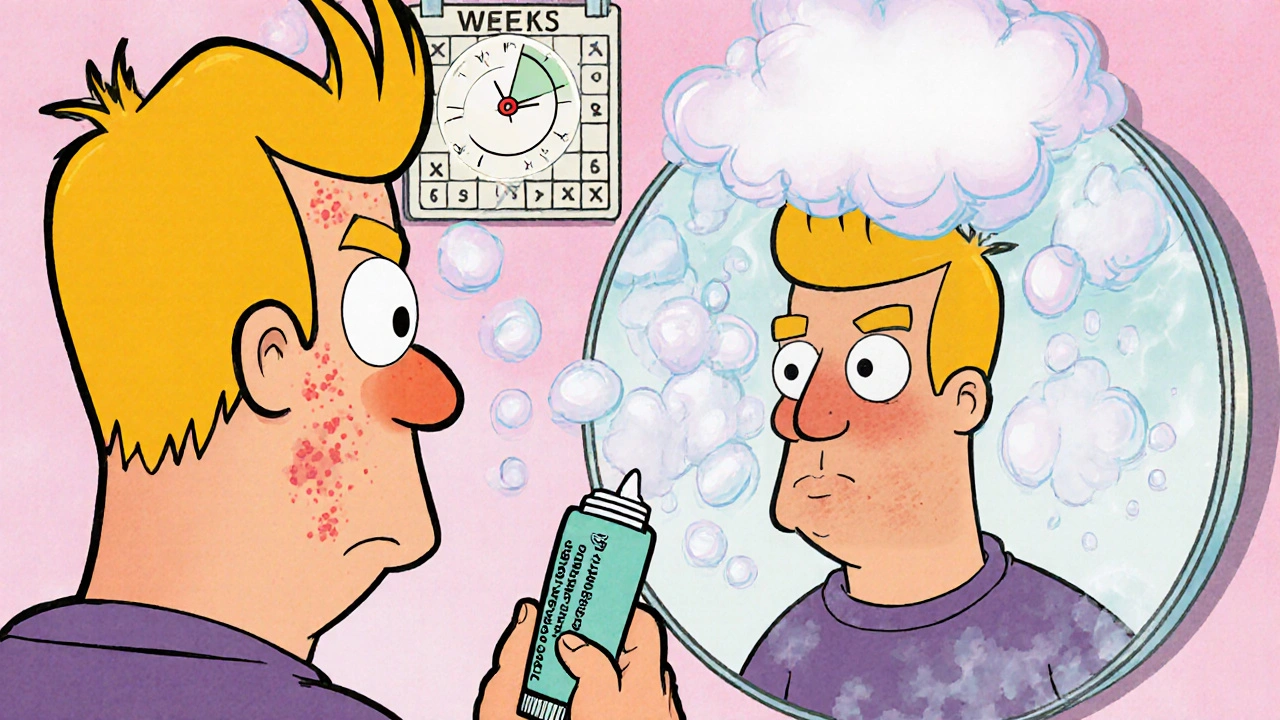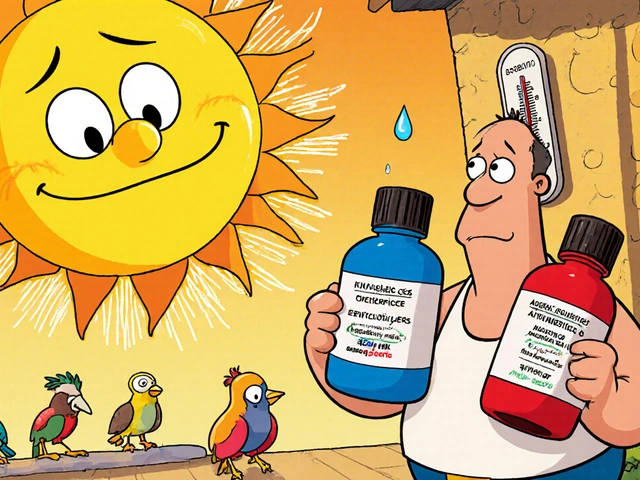Tazarotene Side Effects: What You Need to Know Before Using It
When you start using tazarotene, a topical retinoid prescribed for acne and psoriasis. Also known as Tazorac, it works by speeding up skin cell turnover to clear clogged pores and reduce plaques. But like all strong skin treatments, it doesn’t come without trade-offs. Many users report stinging, dryness, or flaking—especially in the first few weeks. These aren’t just side effects; they’re signs the medicine is working. The question isn’t whether they’ll happen, but how to handle them without quitting.
One of the most common issues is skin irritation, redness, burning, or peeling that shows up after applying tazarotene. It’s not an allergic reaction—it’s your skin adjusting. Think of it like starting a new workout: your muscles ache at first, then adapt. Studies show up to 60% of users experience mild to moderate irritation in the first month, but that number drops by half after 12 weeks. The key? Start slow. Use it every other night, not daily. Skip it if your skin feels raw. Moisturize 20 minutes after applying. And never skip sunscreen—tazarotene makes your skin 10 times more sensitive to UV rays. Sunburns here aren’t just painful; they can ruin your progress.
Another thing people don’t talk about enough is how tazarotene interacts with other products, like benzoyl peroxide, alpha hydroxy acids, or even harsh soaps. Layering it with these can turn mild peeling into a full-blown flare-up. Some users swear by using tazarotene alone at night, then switching to gentle cleansers and non-comedogenic moisturizers. If you’re using it for psoriasis, your doctor might pair it with corticosteroids—but that’s a balancing act. Too much steroid can thin your skin, and too much tazarotene can make it worse. It’s not one-size-fits-all.
And then there’s the comparison: tazarotene vs tretinoin, two retinoids that look similar but behave differently. Tretinoin (Retin-A) is older, gentler, and often used for anti-aging. Tazarotene is stronger, faster at clearing acne and psoriasis, but also more likely to irritate. If you’ve tried tretinoin and it didn’t work, tazarotene might be your next step. But if your skin is already sensitive, you might want to hold off until it’s calmer.
What you won’t find in most ads is that side effects often fade—not because the drug changes, but because your skin learns to live with it. The same redness that made you want to quit by week two might disappear by month three. That’s why patience matters more than perfection. Don’t stop because it stings. Don’t overuse it because you’re frustrated. Stick to the plan, listen to your skin, and track what works.
Below, you’ll find real user experiences, clinical tips, and comparisons that show how others managed tazarotene side effects without giving up. Whether you’re dealing with dryness, sun sensitivity, or just wondering if this is normal—there’s a guide here for you.




